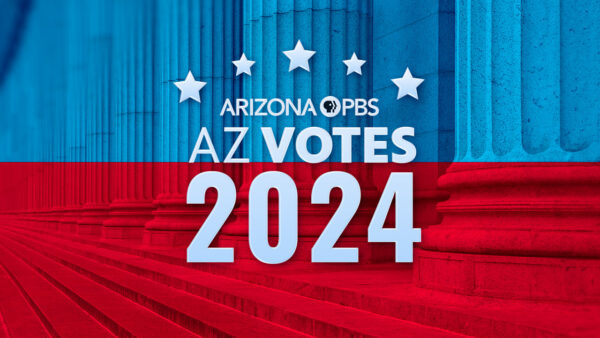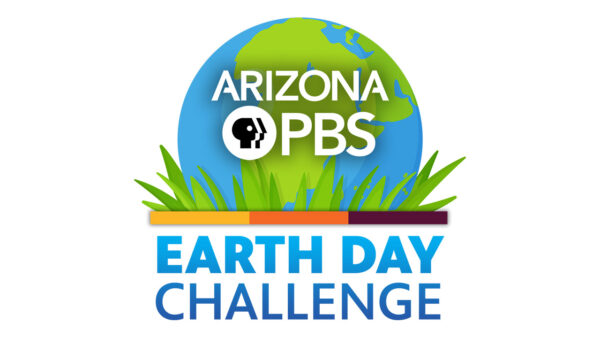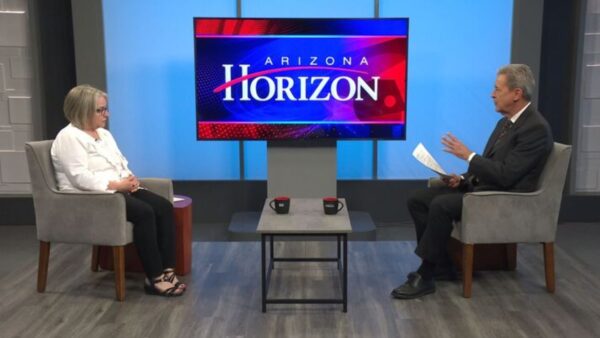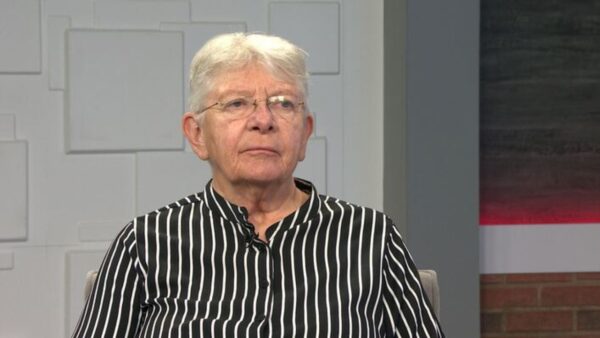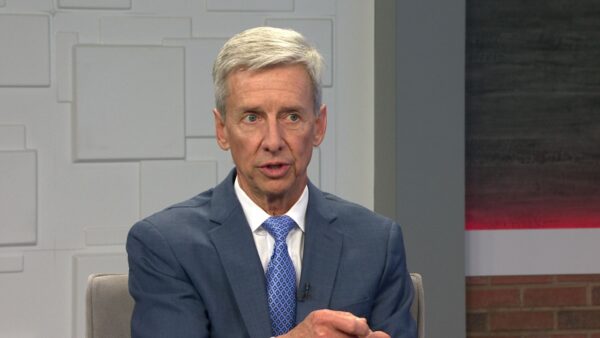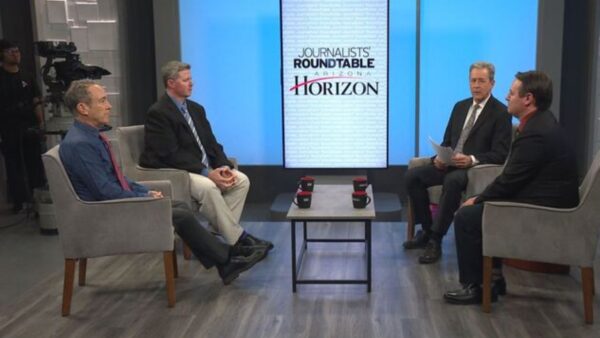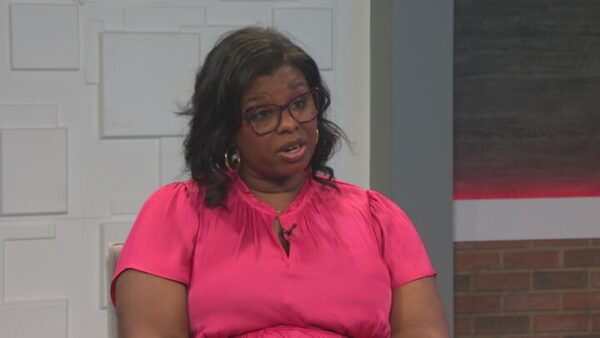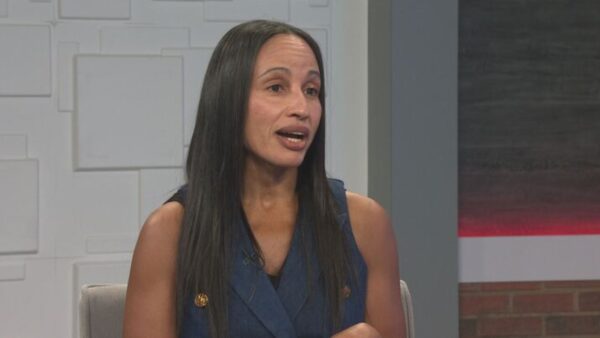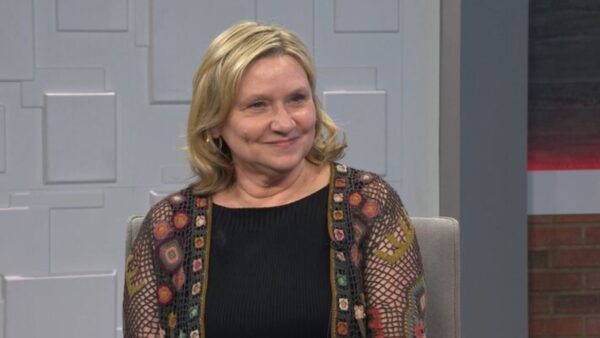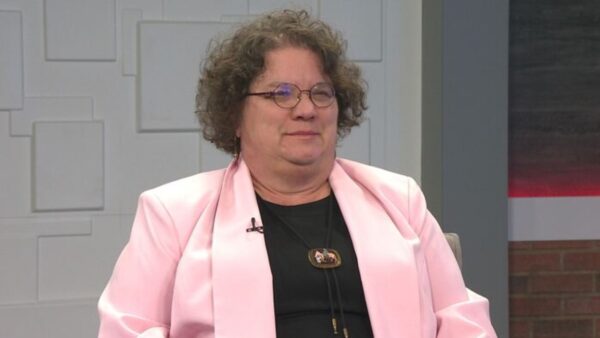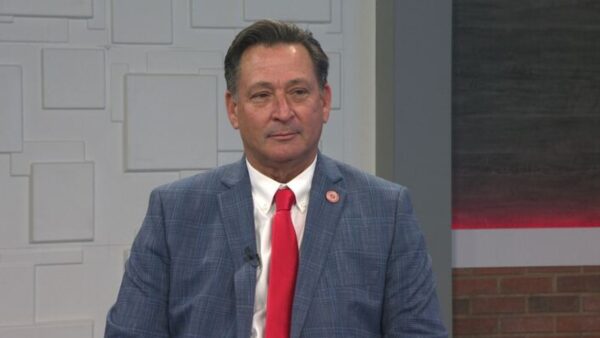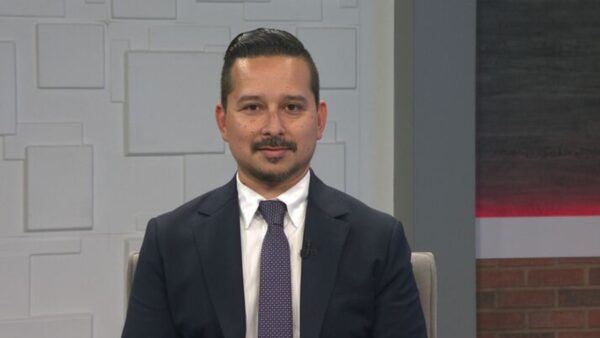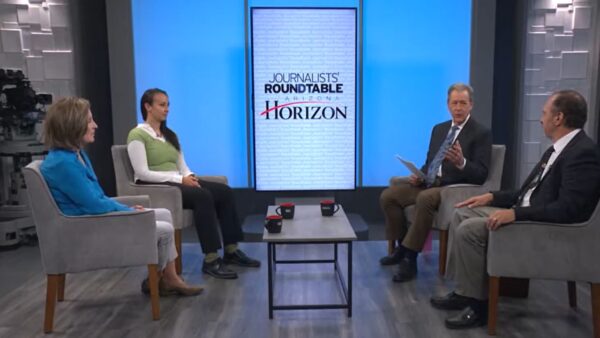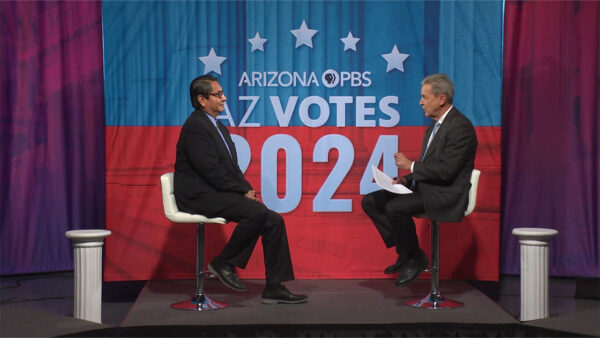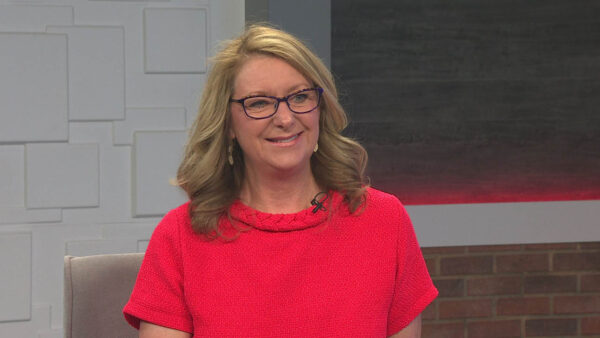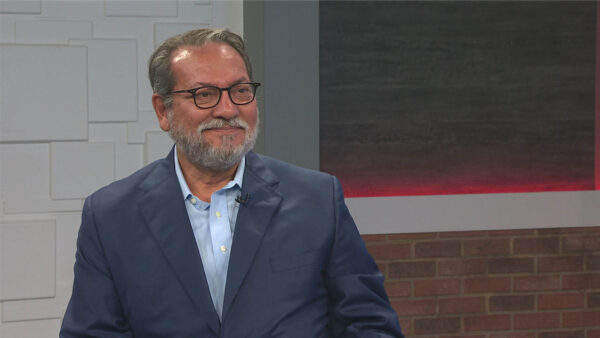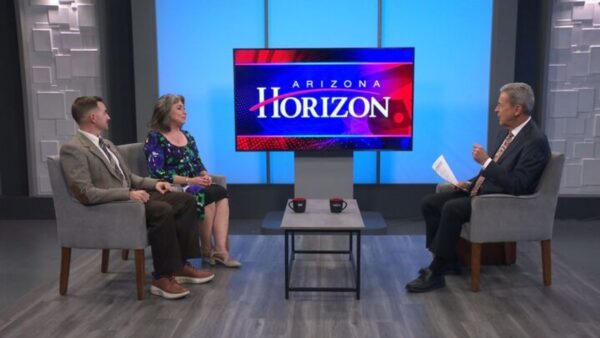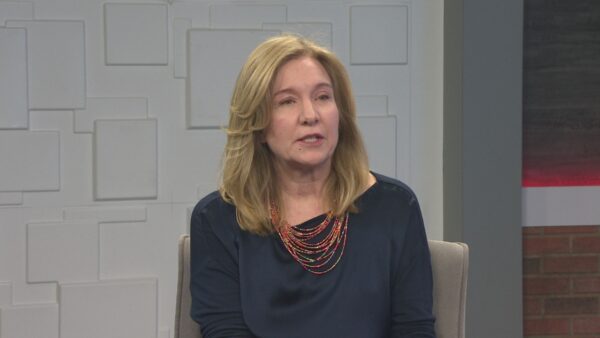The Bridgestone tire company has broken ground on a new research facility in Mesa to find better ways to produce biorubber from the Guayule plant. Shea Joachim, Economic Development Project Manager for Mesa, will talk about the plant.
Ted Simons: The Bridgestone corporation recently broke ground on a new research facility in Mesa designed to produce biorubber from a desert plant. Shea Joachim is economic development project manager for the city of Mesa, he joins us now to talk about all this. Good to have you here.
Shea Joachim: Thanks for having me.
Ted Simons: Bridgestone, a tire, rubber company, what are they building again now?
Shea Joachim: We're very excited about the project. There's two components. There's the biorubber research process center, which we built in Mesa, and then there's also an agricultural operation that will be built down in Eloy. The research center in Mesa is a multimillion dollar investment for Bridgestone, to explore the use of the Yuli plant as a natural source of rubber. If successful it will help Bridgestone meet the growing demand for rubber, and also release some of the reliance on another tree used for rubber production today. So down in Eloy they're going to cultivate the plant, and then they'll ship it up to Mesa, the feed stock will be used in the processing center. The Mesa facility will be located on approximately acres of property, and just a couple miles east of the Phoenix Mesa gateway airport. And probably most importantly will support 40 high-wage jobs.
Ted Simons: We're looking at the plant right there, and this is the site for the research center?
Shea Joachim: That's correct.
Ted Simons: And the site research center should eventually look like a nice high-tech operation.
Shea Joachim: Correct. Over time they hope to expand, and if they can improve the commercial scalability of the process, they look to do a full production facility.
Ted Simons: Let's talk more about this Yuli plant. Where is it naturally found?
Shea Joachim: It's native in the southwest.
Ted Simons: It's around here somewhere?
Shea Joachim: It's all over. In New Mexico, northern Mexico, and Arizona.
Ted Simons: And how does it become rubber?
Shea Joachim: My understanding is there's a natural presence of rubber within the bark of the shrub. And the process that Bridgestone is working on perfecting extracts that rubber from the plant and it can be used in shoes, tires and what not. If they can produce it as a price that's competitive it will relieve some of the reliance on the current primary source for rubber.
Ted Simons: This area of Mesa, what part of Mesa?
Shea Joachim: It's what we call the Mesa gateway area, the southeast corner of our city.
Ted Simons: By the airport.
Shea Joachim: Correct.
Ted Simons: Is it under developed right now, or do you have things going?
Shea Joachim: We have a lot of things going right now. A freeway under construction, state route 24, our airport is growing like gang busters, and this project is located just a couple miles east.
Ted Simons: State route 24, tell us more about that.
Shea Joachim: That will be -- What's being built now is the first extension of state route 24 from loop 202, which will go to about Ellsworth road if you're familiar with the area.
Ted Simons: 202 South or north?
Shea Joachim: South. And it will loop right to the east side of the airport.
Ted Simons: And isn't first solar and Fuji film in that area?
Shea Joachim: First solar is also in the area, Fuji film is across the street.
Ted Simons: And you're saying how many jobs?
Shea Joachim: 40 to start. If they can grow the operation we hope to see the job growth come as well.
Ted Simons: What kind of jobs, what kind of wages?
Shea Joachim: Above average wages and they'll primarily be technician and researchers. Those are the types of jobs we're trying to grow in Mesa. That's very much in line with our economic development strategy, which we call Mesa HEATT, and HEATT of course is the acronym is health care education aerospace technology and tourism.
Ted Simons: Talk to us more about Mesa. We had the mayor talking about it, give us more information as to what the goal is and what the process has been and what you got going so far.
Shea Joachim: You probably have heard of our education initiative which resulted in five high-quality higher learning institution, Albright college, Westminster colleges, Wilkes University, Benedictine University and Upper Iowa university. Those universities were an economic strategy and we believe they'll complement our work force development efforts, but also breathe new life in downtown Mesa and west Mesa. Next up for us we're in the process of finalizing our strategy now, is a health care strategy. We believe there's sectors within the health care umbrella that are really strong opportunities for Mesa, and we look to take advantage of that.
Ted Simons: Has this been easy to convince the Mesa movers and shakers, because Mesa has had a reputation for years of being bedroom community, we don't want to get involved in this such, sounds like you're getting involved in this stuff.
Shea Joachim: We are extremely fortunate to have the mayor and council we have right now. They're very forward thinking, in fact they've set the economic development strategy for us. Mesa HEATT. And there have been very business friendly and pro economic development, which some of these projects like Bridgestone, provides a certain comfort level for these companies to make these investments in our community, because they'll know that the projects won't be just supported, they'll be celebrated in Mesa.
Ted Simons: Talk to us again about why Bridgestone decided -- Has Bridgestone had a presence in Arizona in the past?
Shea Joachim: I'm sure they've had some retail presence, but as far as a research facility, I'm not sure --
Ted Simons: Right.
Shea Joachim: Why I think they chose Mesa, big investment decisions, there's always a variety of factors. The Yuli plant shrub is native to the southwest, so geographically their scope was somewhat narrow. But I think they chose Mesa for three reasons. The mayor and council and their pro economic development approach, but also the east valley boasts a very deep and talented work force. I think Bridgestone saw they could meet their immediate work force needs as well as their future human capital needs, and lastly, the site they chose had all the infrastructure in place. So water, sewer, gas, electric was all at the site. So from a timing perspective they could get started right away and could meet the deadlines that were set by the company for the investment.
Ted Simons: I'm sure Mesa residents would want to know about incentives. Does the cost the city much to keep them there or get them to that location?
Shea Joachim: There's no tax incentives involved, there's no fee waivers involved whatsoever. This is a relatively underdeveloped portion of the city, it's surrounded by large industrial users. So the only thing we were able to work out with Bridgestone, they asked for a temporary deferral of some street improvements on mountain road, which is where the project is located, and the city council supported that. That's really the only deal point that we had with the project. It's a great project all around.
Ted Simons: Last question, when does the first Bunsen burner fire up? When does the research start?
Shea Joachim: The construction is under way. They hope to have the facility operational by 2014. And hope to have their first rubber trial run in 2015.
Ted Simons: Sounds like fascinating stuff. A lot of stuff going on in Mesa. It's good to have you here.
Shea Joachim: Thanks for having us.
Shea Joachim:Economic Development Project Manager, Mesa;

